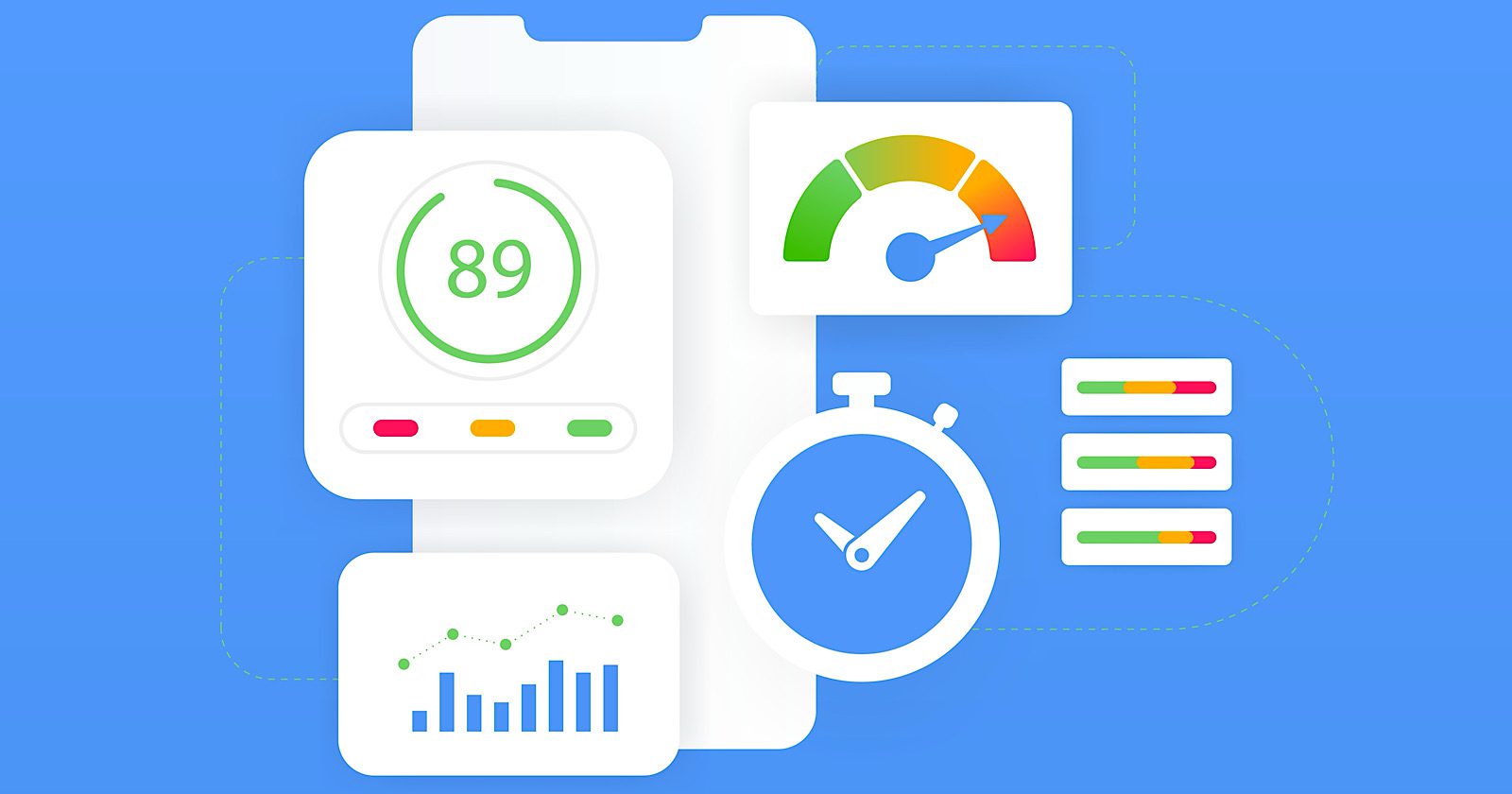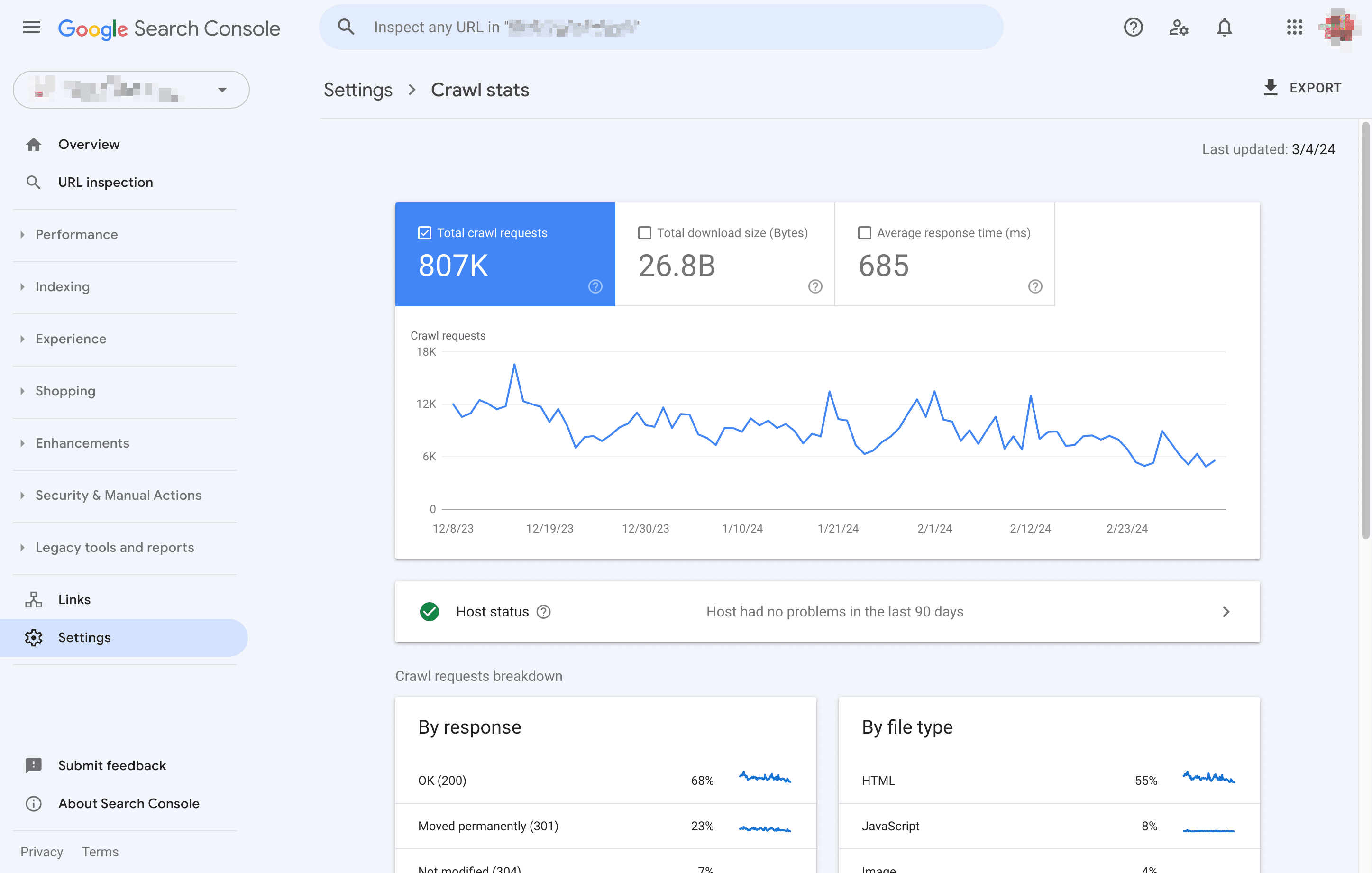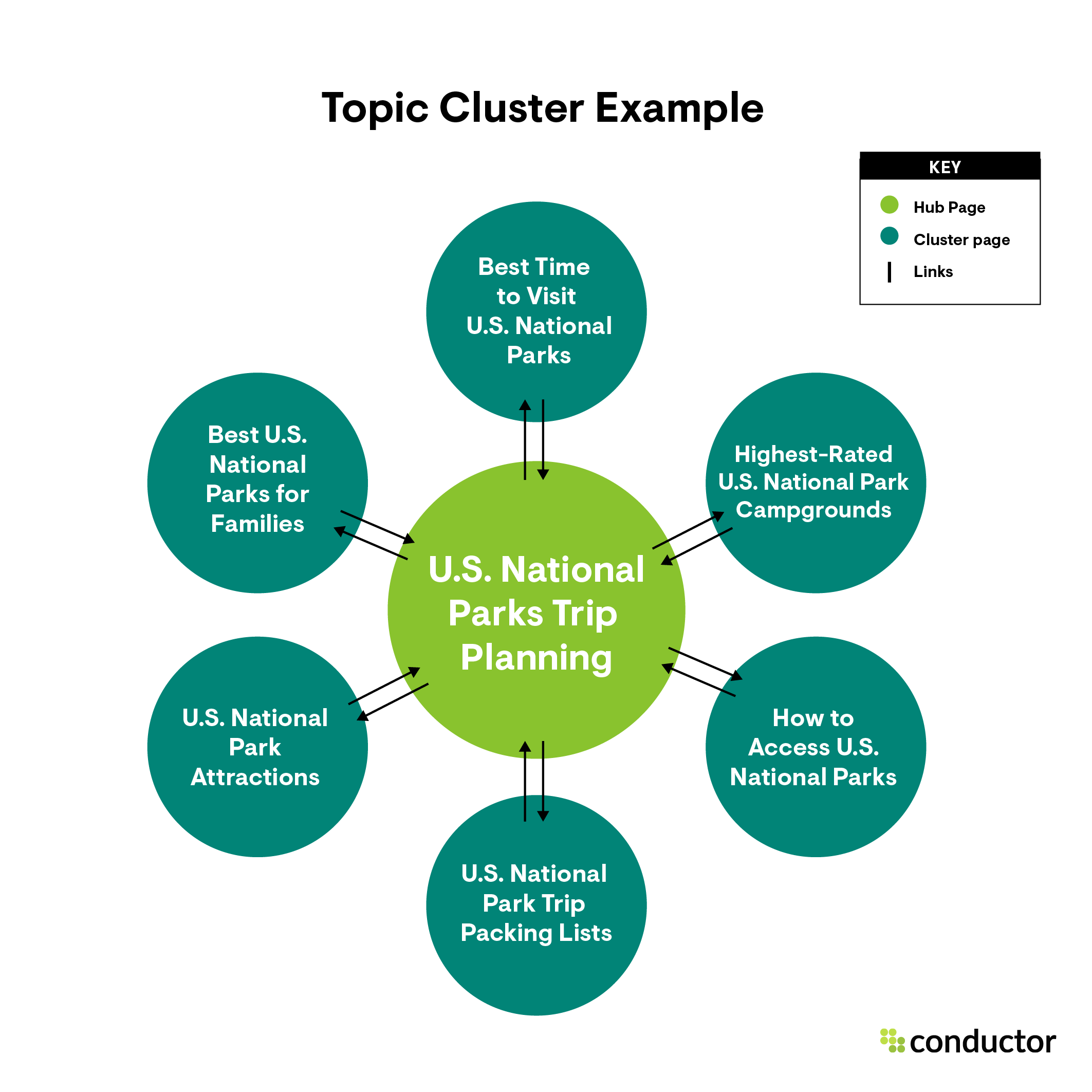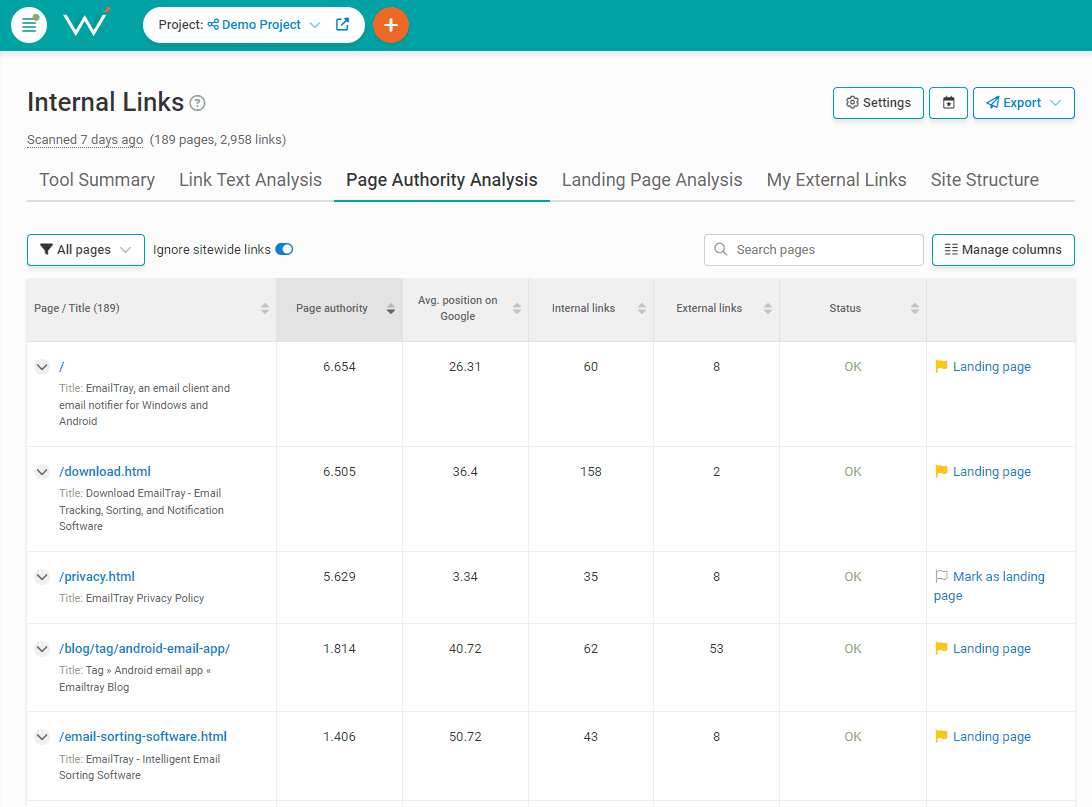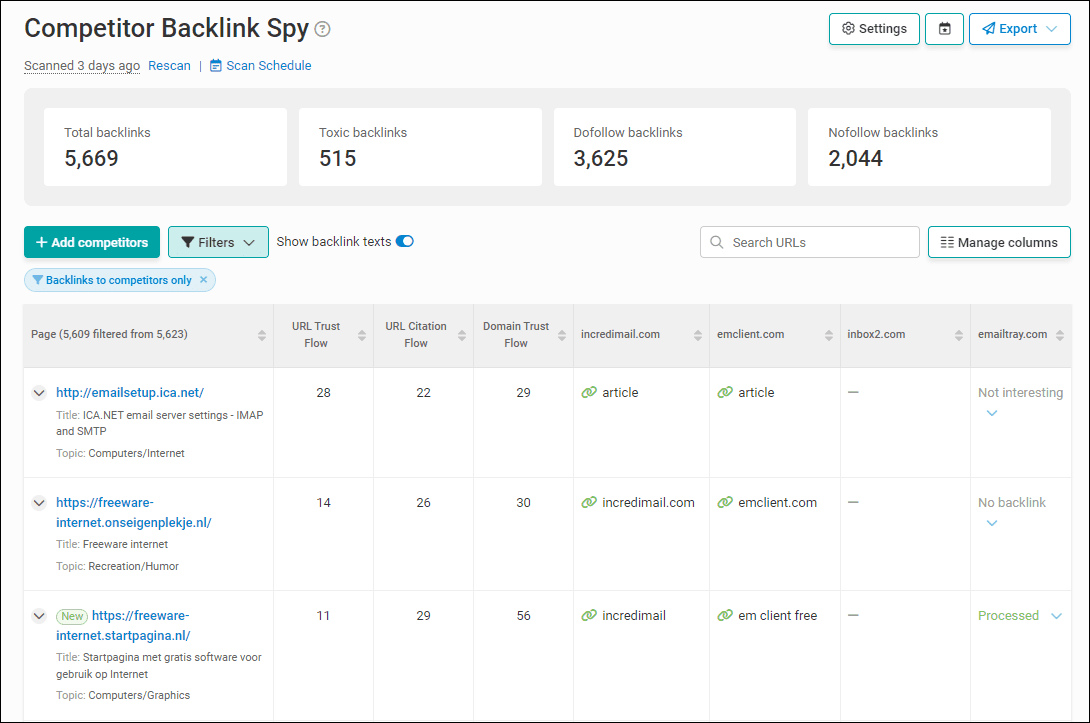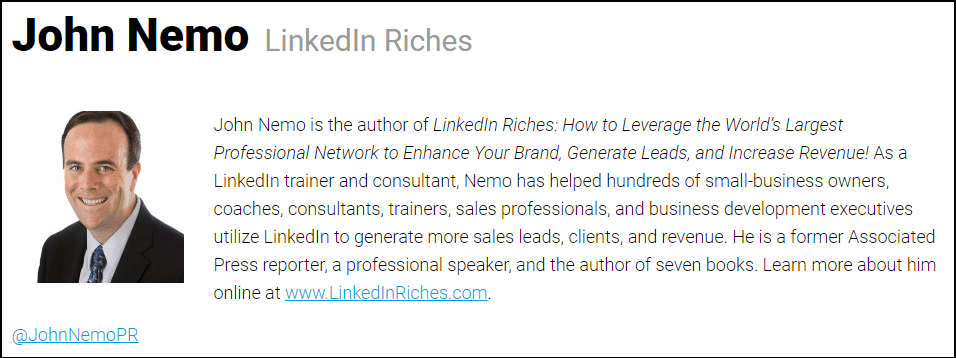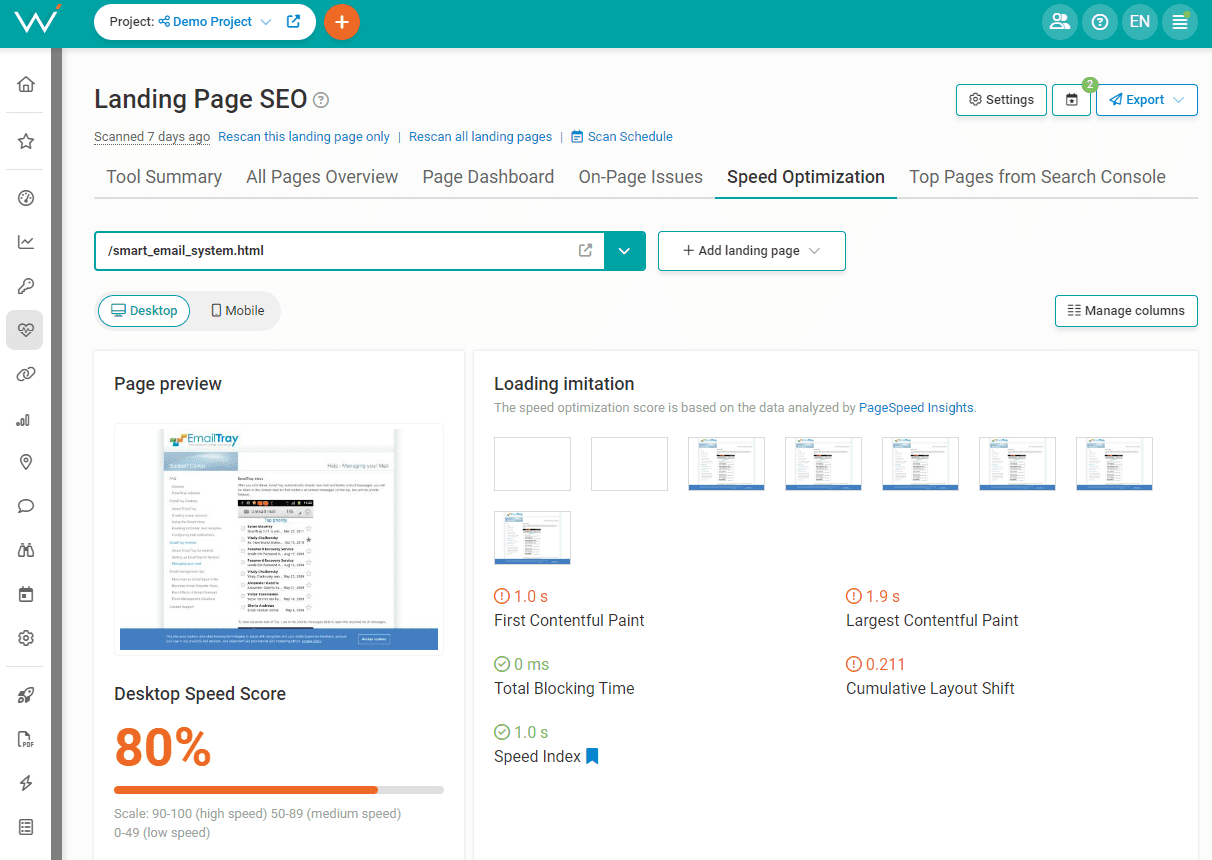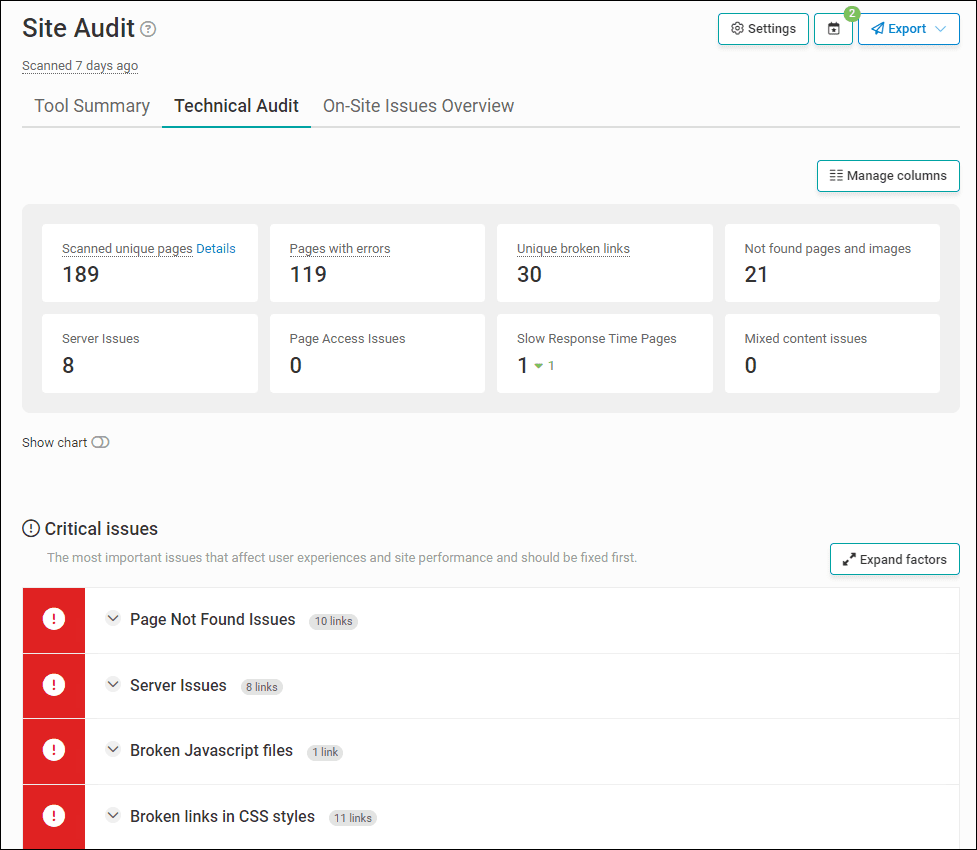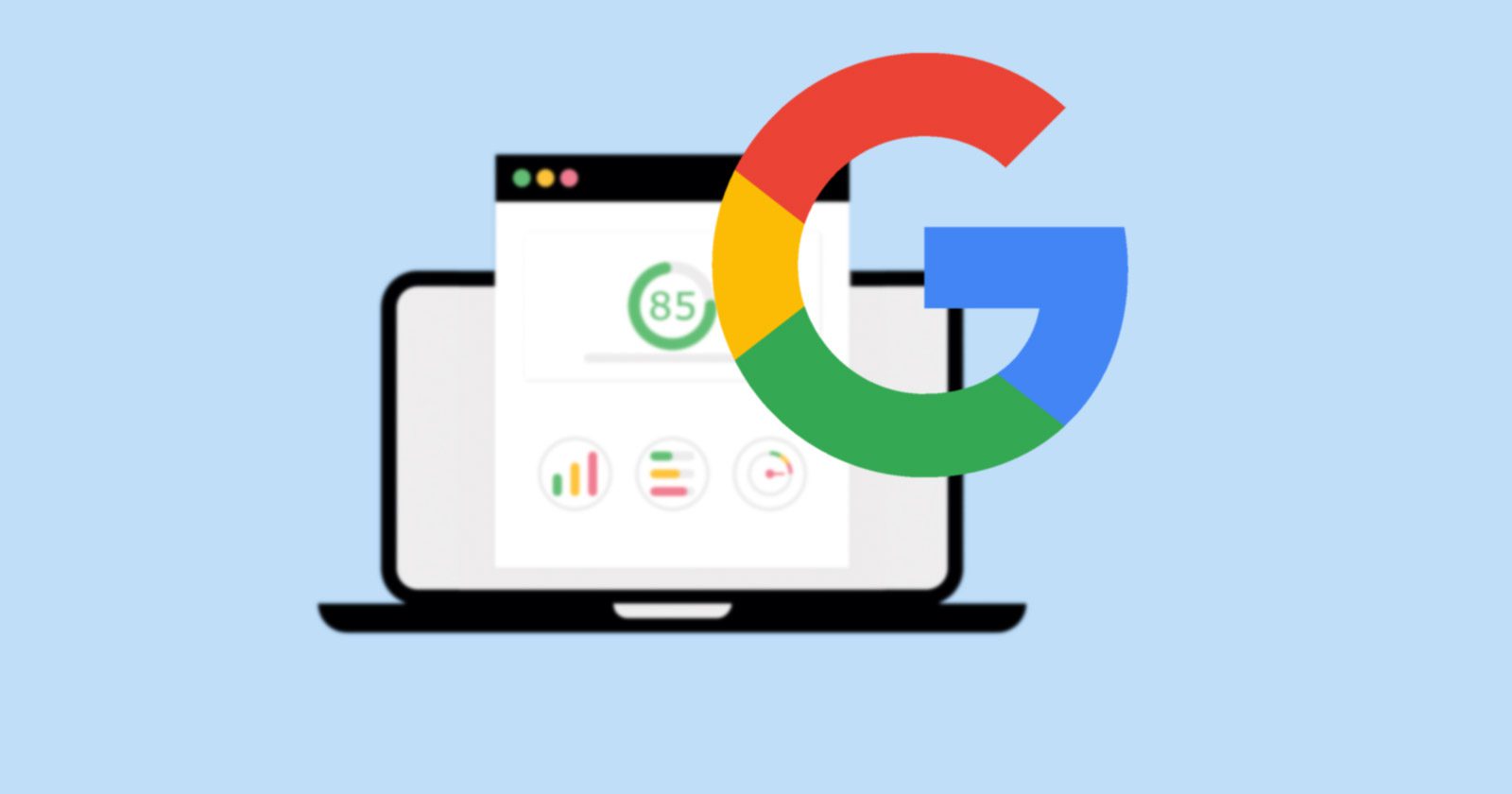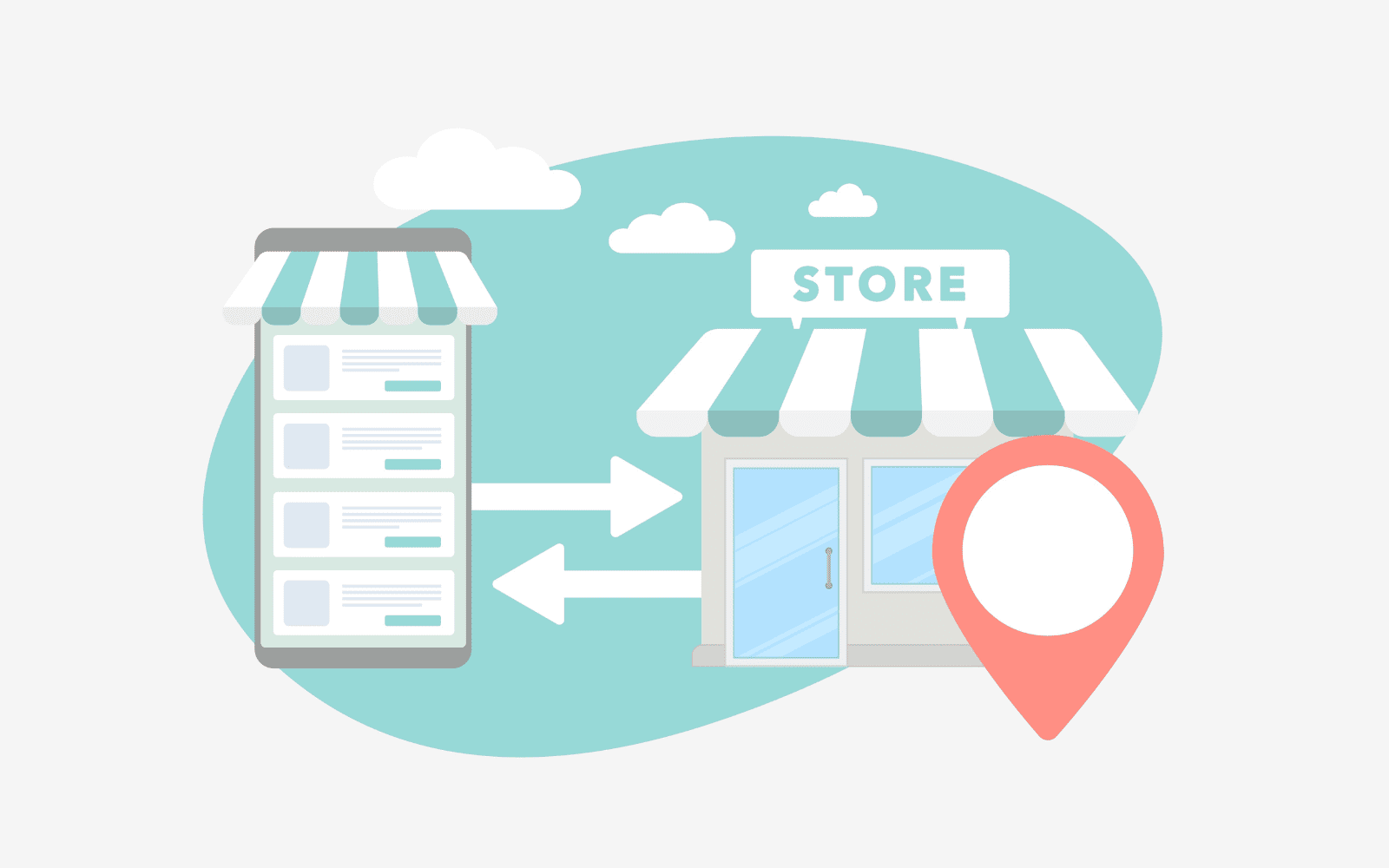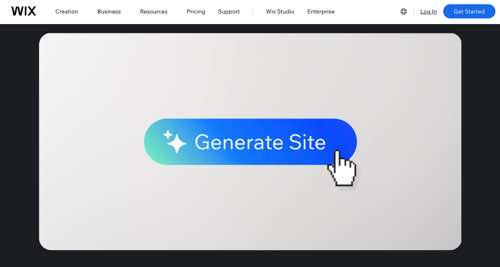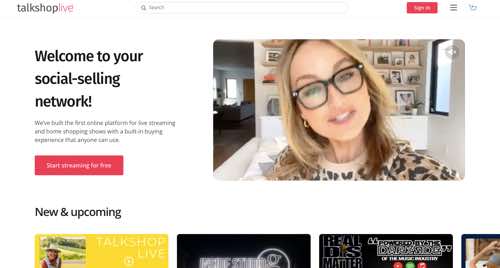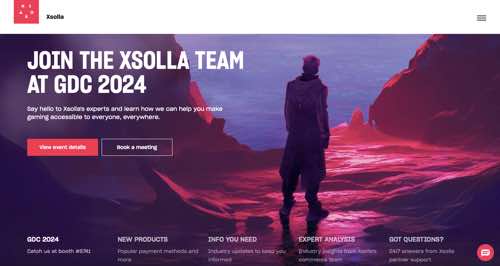Not all conversions are equal. For businesses that generate leads closed by a sales team, one of the most overlooked methods of unlocking a new tier of Google Ads performance is offline conversion tracking.
By uploading data from a customer database that matches the online click identifier, businesses can tell Google which conversions went on to become paying customers. And Google can use its vast stores of data to identify the shared traits among those conversions to find more people like them.
While ecommerce businesses have the benefit of conversions being clear-cut product sales that can only be impacted by two events (returns and exchanges), lead-generation conversions do not generate any revenue when they take place.
This opens up questions such as:
- What is the value of a form submission or phone call?
- How do you track those conversions through to their conclusion (won vs. lost)?
- How do you deal with the 90-day window to upload offline conversions when sales cycles are longer?
Every business has different needs. So, in this guide to offline conversion tracking, I’ll provide frameworks that will allow you to find the answers to these questions. We’ll cover:
- How to implement offline conversion tracking.
- What a typical offline conversion setup looks like.
- When the sales funnel and offline conversions meet.
- How to integrate your CRM with Google Ads.
- The role of Enhanced Conversions as paid media evolves.
Why Offline Conversions Are Worth The Effort
Offline conversions are growing in popularity with all types of advertisers.
For ecommerce, it lets you factor in events that might change the value of a sale, such as returns and exchanges.
Lead generation businesses (like SaaS and home contractors) get to tell Google which online conversions ended up becoming revenue-contributing customers.
Other advantages of implementing offline conversion tracking include:
- Being able to build more accurate campaigns that reflect true business goals, such as targeting a location or audience group that’s more likely to convert.
- Allowing you to include or exclude instances where a conversion changed after its final interaction with Google’s pixel: Closing a sale offline (e.g. via a sales representative and CRM); transactions that ended up as returns (up to 30 days after the original sale); a sale made to a repeat or returning customer; a sale made to a first-time customer; an online sale that wasn’t recorded by Google.
- Reduced reliance on attribution models to determine optimization paths.
- Directing bidding and targeting algorithms to go after the most valuable leads based on past keyword, demographic, device, and time of day data.
- Optimizing for profit by bidding to value on margins and final conversions.
Offline Conversion Tracking 101
Offline conversion tracking can be less than straightforward to set up, but the effort is worth it.
Here are some things to keep in mind as you put it in place.
Fundamentals
- It helps you visualize your sales funnel to Google: Leads getting qualified, turning into deals, and generating revenue.
- It requires basic conversion tracking to be set up, i.e., at least one conversion event.
- There’s a 90-day window starting from the online conversion, during which you can import offline conversions: use it or lose it. If your sales cycle lasts longer than that, use the qualification data you have or study historical data to determine patterns that indicate someone is likely to close a deal.
Setup
There are three ways to bring offline conversions into your Google Ads account.
1 . Offline Conversion Imports
Manually import offline conversion data from a number of sources.
Depending on where the conversion originated, Google uses different identifiers to match your offline conversion with its online one.
Conversions from clicks use:
- Google Click Identifier (GCLID).
- Enhanced Conversions for leads.
Conversions from calls use:
- Import phone call conversions.
2. SalesForce And HubSpot
Two of the most popular CRM tools on the market have native integrations with Google Ads.
Once this is set up, you can create rules to automatically send your funnel conversion events back into Google Ads as offline imports.
3. Zapier
For all other CRMs and other types of customer database tools, you’ll need to set up an integration via Zapier.
Recommended Reading: Learn more about setting up offline conversion imports and integrations.
Common Mistakes
Sometimes, importing or syncing your offline conversions results in an error or doesn’t have the intended impact on performance.
There are several reasons why this happens, but most common among them are:
- The click is too recent, usually less than six hours old.
- The click is older than 90 days, rendering the GCLID unreadable.
- Attempting to include perfect conversion values or using poorly structured ones.
- Uploading conversions from one account into another.
- Not having any online conversion events to match with.
Recommended Reading: Learn more about offline conversion errors in Google Ads.
Navigating Offline Conversion Implementation
Setting up offline conversions involves more than just feeding information back to Google.
Here’s some advice on how paid media teams (especially agencies) can deal with the friction that can manifest during the process.
Getting Access To Client Data
When we onboard a new lead-gen client, what I like to do is ask them for access to their CRM and customer data.
This could be HubSpot, SalesForce, or another tool that needs to be connected through Zapier. I also look for call tracking, chatbots, and landing pages.
After that, it’s a two-step process:
- Make sure that all the leads are landing in their CRM.
- Sending the qualified lead back to Google Ads.
CRM Integration
There’s no “best” CRM for Google Ads, and we typically can work with whatever a client uses.
That being said, I’ve been recommending HubSpot to clients who didn’t have a CRM before our involvement.
It has a free plan, scales well, and connects to Google Ads natively.
Once that’s in place, we make sure the converted leads are landing in HubSpot or whichever platform they’re using.
With conversion actions set up in Google Ads, we sync those back to the ads platform – one event for each step of the milestone.
If we track phone calls, form submissions, and chats as conversion events, each of those will drop the lead into the CRM with a GCLID.
Value-based Bidding
Once a lead progresses from prospect to marketing-qualified or sales-qualified lead, we’ll send that as another conversion action back to Google Ads.
This tells Google that the lead it got just turned into a more valuable asset.
- We assign the prospect a primary value of 10 and send it back to Google Ads.
- After a conversation with the client, we know that booking a qualifying call or consultation is a good thing. Those leads get a value of 30, and we send it back to Google Ads.
- After the consultation, the client sends out a proposal. We send that as another step and mark it as a value of 50.
- Finally, the sales team closes the contract. We use the real revenue value if we have it. Otherwise, we use something close to it.
As these values populate in Google Ads against the different milestones, we start to use target return on ad spend (ROAS) bidding for lead-gen.
Working With Clients
When clients are hesitant to share access to tools and information, it can limit an agency’s potential to deliver results.
As part of our sales process, we tell prospects that we can manage Google Ads without this support, and our focus will be leads – but if they want to focus on quality leads, this is what we’ll need from them.
Most of them are okay with sharing what we ask for; sometimes, we’ll need to sign an NDA.
But generally, clients are happy to do what will be more profitable, especially since we do the heavy lifting of setup and maintenance.
Working With Client-side Sales Teams
If you’re using offline conversions, you have to be in sync with the sales team, whose job is to turn leads into deals.
During a kickoff call, we try to understand what their sales process looks like.
- What are their touchpoints?
- How do they qualify leads?
- What are common objections?
This allows us to map out the offline conversion funnel properly, and it identifies gaps in messaging and process.
We look for what might improve close rates and then pass that on as a recommendation.
Offline Conversions: A Faster Path To PPC Profit
While it takes time and effort to implement offline conversion tracking correctly, doing so pays dividends long after the process is complete and automated.
With more of Google Ads campaign management being handled by the platform itself – such as real-time bidding and keyword matching – high-quality data is often the difference between average and above-average results.
In today’s digital advertising ecosystem, it’s the closest thing an account has to a tailored suit: something that allows it to enjoy the perfect fit (or as close to it as possible).
However, the biggest advantage of offline conversions is not found in metrics like CPC and ROAS. It’s the ability to generate a higher percentage of ad conversions that require less effort, time, and money to turn into revenue.
In other words, offline conversion tracking increases the long-term profitability of most ad campaigns by a noticeable degree.
More resources:
Featured Image: BestForBest/Shutterstock
